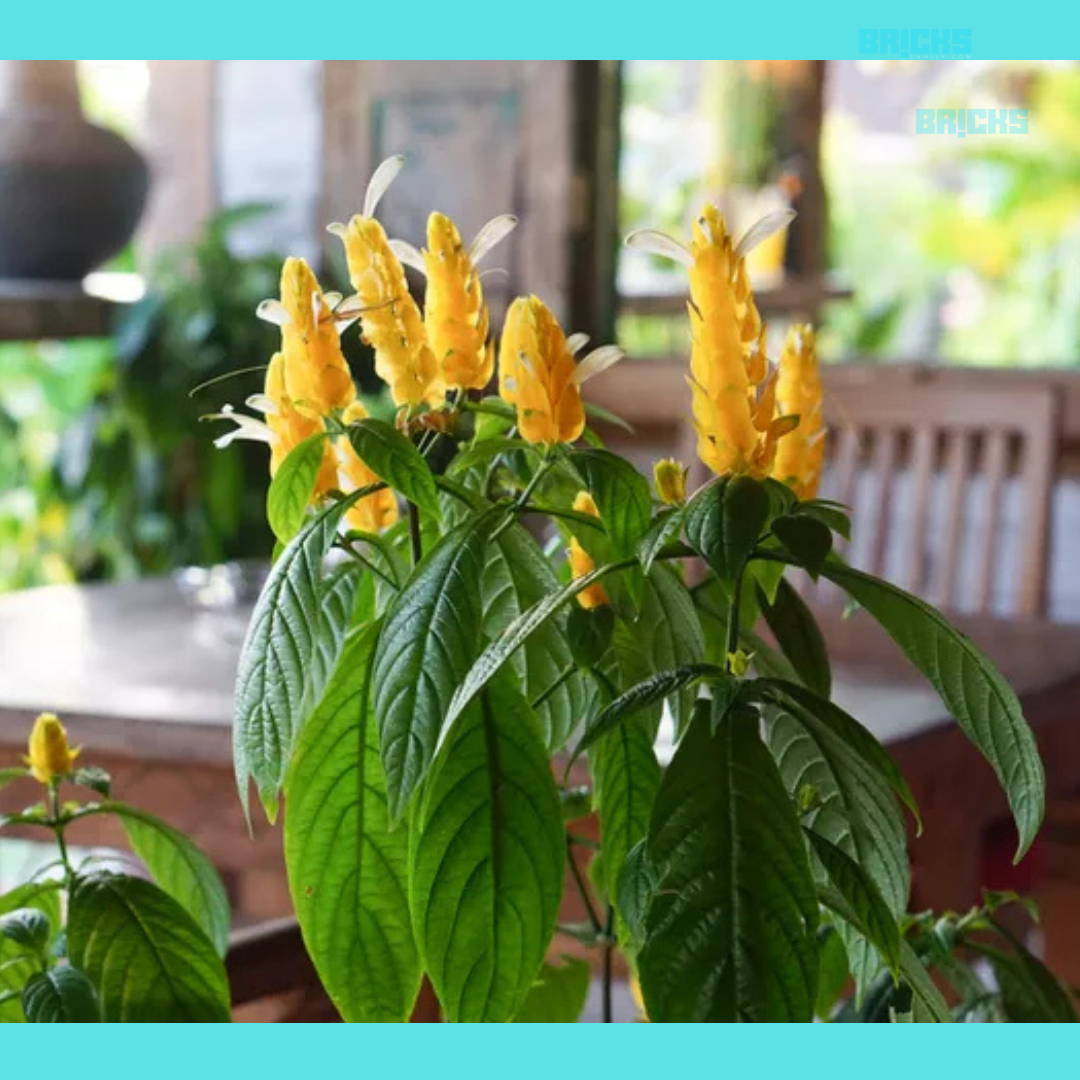The lollipop, or golden shrimp plant, is an interesting addition to home gardens. We will take you on a tour today to learn everything there is to know about lollipop plants, which are magnificent beauties among greenery. In this blog, we will see Lollipop Plants: How To Grow And Care For, Uses, And Everything You Need to Know.
The lollipop plant is named for its attractive, bright yellow blossoms, which resemble lollipops in the shape of rockets. It’s a tropical evergreen shrub that would look great in your garden as a dependable potted plant. The plant blooms in different light settings all year. It will undoubtedly be a great thrill for you regardless of your level of gardening knowledge. You may combine its exotic elegance with the pieces in your garden to add interest to any boring area.
Let’s learn more Lollipop Plants: How To Grow And Care For, Uses, And Everything You Need to Know and discover the beauty of Lollipop plants in this article.
What Is A Lollipop Plant?
The Acanthaceae family includes the lollipop plant, also known as the golden shrimp plant or Pachystachys lutea (botanical name), native to Central and South America. It has dark green, velvety foliage with plenty of veining that gives it a tropical appearance. The plant is well-known for its gorgeous inflorescences, made of candy-colored yellow and white flowers. The contrast between the lush green foliage and the golden yellow bracts gives any garden a touch of beauty.
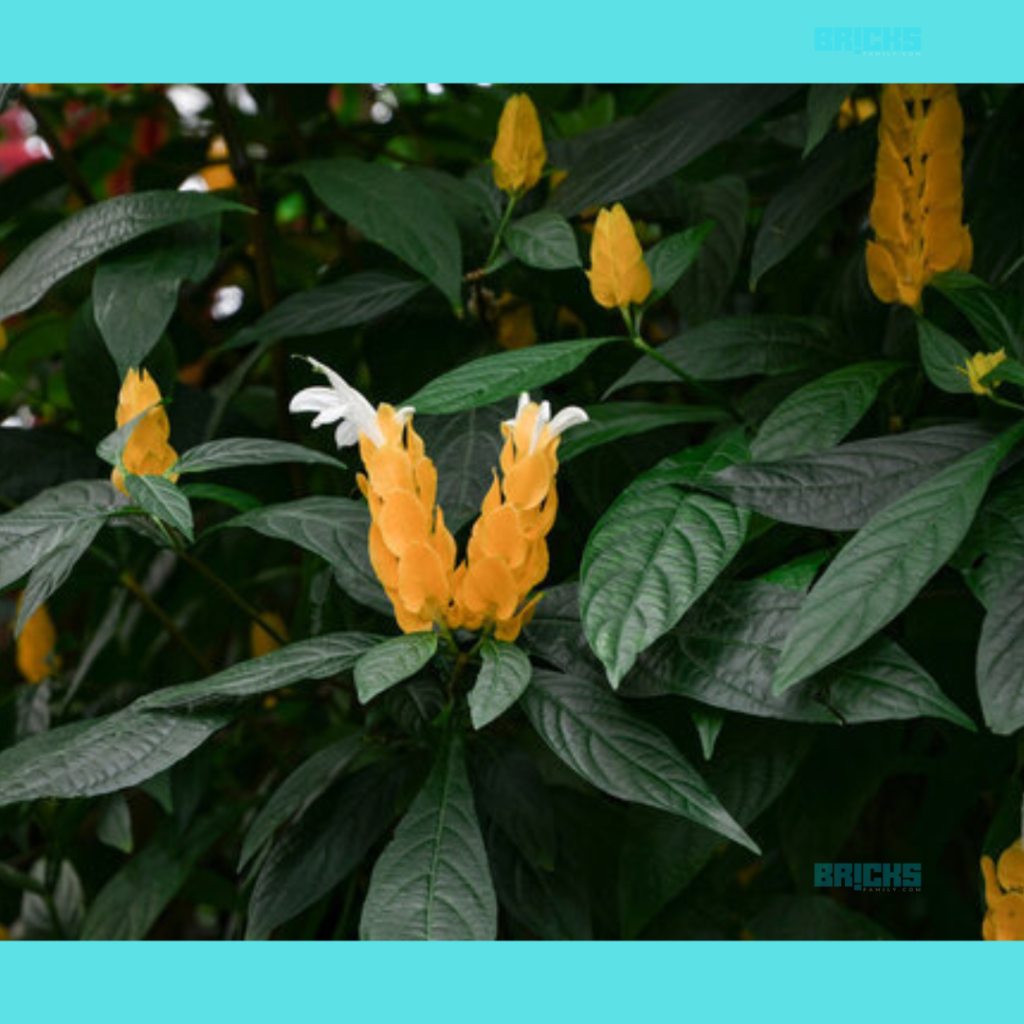
Key Facts About Lollipop Plant
| Name | Lollipop Plant, Golden Shrimp Plant, Yellow Shrimp Plant |
| Origin | Native to Central and South America |
| Botanical Name | Pachystachys Lutea |
| Maximum Height | Up to 2 feet Indoors and Up to 4 Feet Outdoors |
| Spread | 3-4 inches approx. |
| Pot | 5 inches Nursery Pot |
| Bloom Season | Summer |
Growing And Caring Tips for Lollipop Plant
The lollipop plant is a fantastic option if you’re looking for a reliable and happy houseplant. It is simple to grow inside or in your backyard garden. Stable interior circumstances are more conducive to the plant’s growth than the unpredictability of gardens.
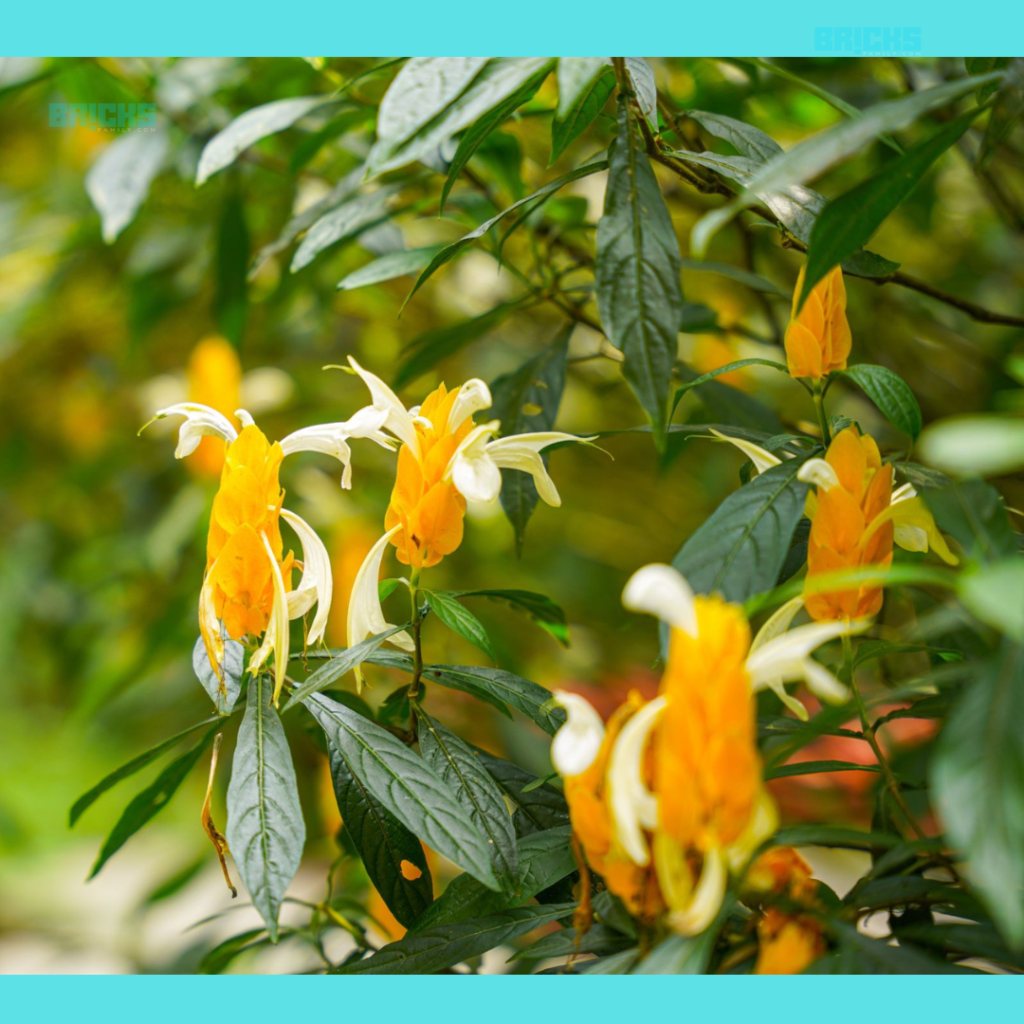
Light
Bright, indirect sunlight is ideal for lollipop plant growth. It can, however, withstand some shade. You must keep the indoor plant near a window so that it receives plenty of sunshine. Alternatively, you need to ensure that these plants are planted in an area that will receive early sun and afternoon shade if you grow them outside.
Watering
Candy plants require constant moisture but not excessive wetness. When you see that the top inch of soil is dry, water the plant. Ensure not to overwater the plant, as this could cause root rot. Remember to store it in a pot with excellent drainage.
Soil
Well-draining soil with a slight acidity is necessary for lollipop plants. Combine equal amounts of perlite, peat moss, and vermiculite with a good, well-draining potting soil mixture. Avoid overly alkaline soil, which can cause the leaves to go yellow.
Temperature
All year long, lollipop plants require temperatures between 60 and 80 degrees Fahrenheit. The plant may tolerate nighttime temperatures that are a little lower. You must be careful not to expose the plant to temperatures below 50 degrees Fahrenheit, though.
Humidity
High humidity is ideal for lollipop plants to grow. As a result, you ought to spray them frequently and place them in a pebble tray filled with water. Alternatively, you can increase the humidity surrounding the plant by using a humidifier.
Fertilising
During the growing season, feed your lollipop plant every 15 to 20 days with a balanced fertilizer that dissolves in water. This will promote robust development and an abundance of flowers. For information on the right dosage for the plant, refer to the product directions.
Re-Potting
Every spring, you can repot the lollipop plant. If possible, transplant the plant—at least when its roots emerge from the drainage holes—into a new pot.
Propagation
Growing more lollipop plants from stem cuttings in the spring and summer is fairly simple. Before putting them in potting soil, trim the stems to a length of about 4 inches and soak them in decaying hormone.
Pruning and Grooming
Because it grows quickly, this plant must be trimmed in the spring to maintain a manageable size. Cut them just above the leaf node, where the leaves meet the steam. Cut them, too, as soon as you notice the bloom head withering. This encourages the plant to grow again. To help the lollipop plant grow in a healthy, compact shape, trim it and remove the top portion of its main stem. It will appear full and favorable indoors as a result.
Common Variants of Lollipop Plant
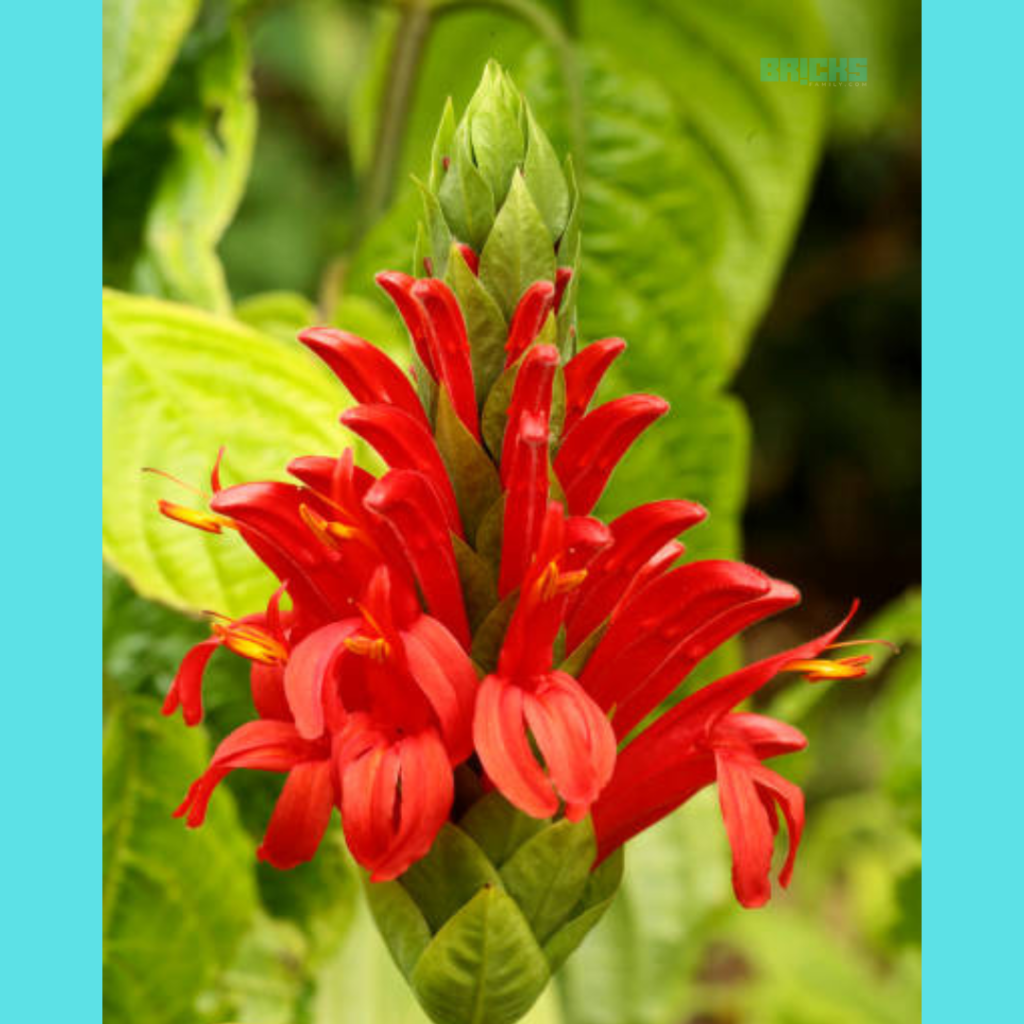
Various well-liked varieties of lollipop plants can add vibrant hues to your environment. Every variety is distinct in color, flower, size, and growth patterns. Here are a handful of noteworthy ones:
Pachystachys lutea ‘Cardinal’s Guard’: This cultivar creates a captivating contrast between the lush green leaves and its vivid crimson bracts. This shrub gives your garden a striking focal point.
Pachystachys lutea ‘Neon Lights’: This cultivar has a strong growth habit and beautiful yellow bracts. This variety gives any garden setting a joyful radiance. When positioned with other plants or in an interior environment, it serves as a focal point.
Pachystachys lutea tornpacta: This variety of lollipops is smaller than the common lollipops. It’s a fantastic choice for tiny pots or gardens.
Uses Of Lollipop Plant In India
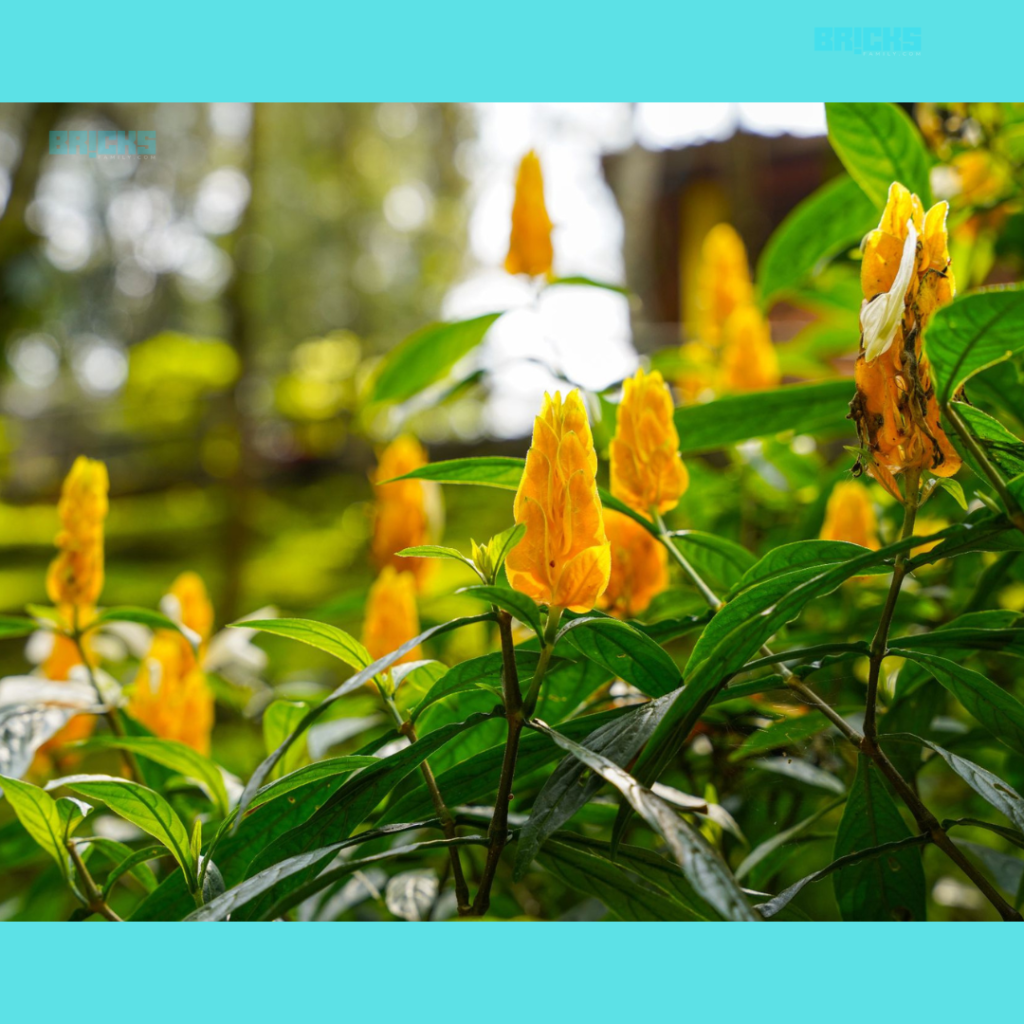
The primary purpose of the lollipop plant is as a decorative plant for indoor or outdoor décor. The rich green leaves and the exquisite yellow blossoms instantly brighten any area. Conversely, the lollipop plant is adored for its ability to filter the air, which helps raise the indoor air standard. Nevertheless, this plant has no notable uses in medicine or cooking.
Pests Lollipop Plants Are Prone To
When grown indoors, lollipop plants are vulnerable to the following pests:
Aphids: Aphids are tiny, green, or black insects that cause the leaves of plants to turn yellow as they ingest sap.
Whiteflies: When disturbed, these small white insects flit about the lollipop plant.
Spider mites: The microscopic spider mites weave webs throughout the plant, causing the leaves to strippling.
Where To Get Lollipop Plants?
You’ll be happy to hear that Lollipop Plant is readily available at garden centres, nurseries, and online plant stores if you want to add it to your home garden. Visit your neighborhood garden center and peruse reputable websites’ window displays to find an enormous selection of lollipop plants.
Go For The Right Lollipop Plant Variety
There are shrimp plants with orange, pink, and red bracts in addition to the common golden shrimp plant. When selecting the ideal Lollipop Plant variety, bear in mind your personal preferences and the color pattern of your garden.
Remember A Few Things While Online Shopping
Make sure you select a reputable seller when purchasing lollipop plants online. To ensure the safety of your plants during transit, look for quality assurance and user evaluations before purchasing from a supplier that offers secure packaging.
Summing Up: Lollipop Plants
The lollipop plant gives indoor and outdoor spaces a tropical glitz thanks to its thick foliage and captivating blossoms. By giving it the proper care and growth environment, you can enhance the beauty of your house with its cheery colours and beautiful flowers. Choose the ideal lollipop plant for yourself, and use this intriguing plant to embark on an amazing gardening adventure. This way we have learnt about Lollipop Plants: How To Grow And Care For, Uses, And Everything You Need to Know.
Also Read: 7 Dream House Designs That Will Inspire You To Turn Yours Into A Beautiful Paradise
Similar Topics: Diwali Decoration Ideas For Home: 21 Ways You Can Decorate Your Home with Latest Images









